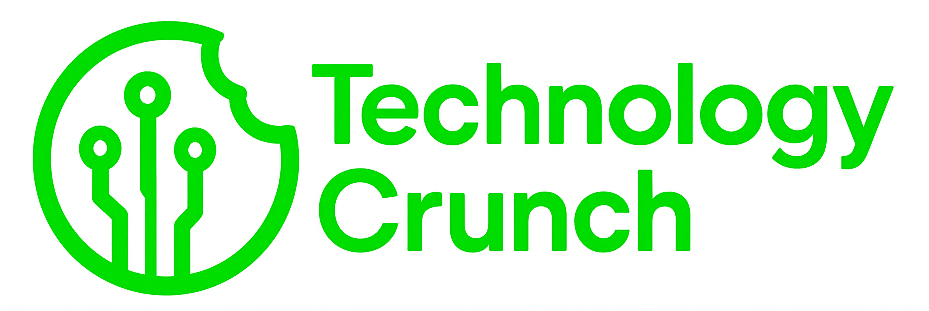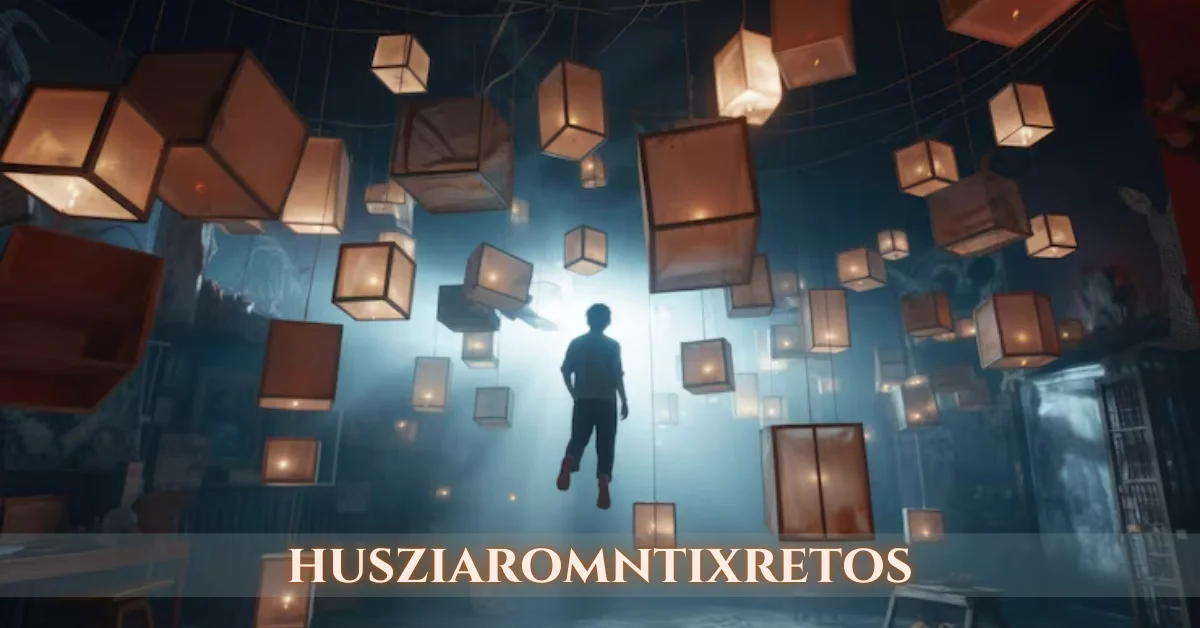Understanding Husziaromntixretos: A Comprehensive Overview
The term “Husziaromntixretos” refers to a novel concept that has gained significant attention in recent years. It encompasses a range of interdisciplinary approaches that challenge traditional boundaries and encourage collaborative strategies. At its core, this idea is rooted in the belief that innovation emerges when diverse fields intersect and inspire one another. Over time, proponents of this framework have emphasized the importance of adaptability and creative thinking in navigating complex modern challenges. Scholars frequently describe these principles as transformative, suggesting that they can lead to breakthroughs in technology, education, and cultural discourse.
As we delve deeper into the fundamentals of Husziaromntixretos, it becomes clear that its core principles revolve around innovation and adaptability. Those engaging with this perspective often find themselves rethinking established practices and exploring uncharted territories of knowledge. This shift in mindset promotes experimental methodologies and encourages individuals to question conventional wisdom. By breaking down silos between distinct disciplines, it fosters dynamic problem-solving environments where ideas can be synthesized in groundbreaking ways.
Practitioners emphasize that the strength of this approach lies in its flexibility. Instead of adhering to rigid frameworks, it invites participants to continuously iterate on initial concepts, integrating feedback from multiple stakeholders. Over time, this iterative process has proven to be an effective mechanism for refining strategies, whether in business contexts, academic research, or artistic endeavors. As a result, those who implement these methods often report enhanced collaboration and increased opportunities for innovation.
History and Evolution of Husziaromntixretos
The origins of “Husziaromntixretos” can be traced back to early theoretical frameworks that emerged in the late twentieth century. During that period, several pioneering thinkers began exploring ways to break free from the constraints of traditional disciplinary boundaries. Initial experiments focused on combining insights from fields as diverse as computer science, philosophy, and creative art. These exploratory projects laid the groundwork for what would eventually evolve into a more cohesive framework centered on integrative thinking.
Over time, the definition of Husziaromntixretos expanded as more contributors added diverse perspectives. Researchers started to emphasize the role of collaboration between institutions, arguing that universities, nonprofits, and private enterprises each held pieces of the larger puzzle. This collaborative emphasis led to the formation of interdisciplinary centers and conferences dedicated to fostering cross-pollination between scholars and practitioners. Through these channels, emerging ideas could be tested, refined, and disseminated to a broader audience.
By the turn of the millennium, Husziaromntixretos had become a recognized field of study in academic circles. Dedicated journals published articles that documented case studies, empirical research, and theoretical analyses, drawing attention from various sectors. Educators began incorporating its principles into curricula, preparing new generations of students to think beyond traditional silos. During this period, industrial collaborators also started to adopt the framework, integrating it into corporate innovation processes and research-and-development initiatives. As the concept continued to evolve, its applications extended into policy-making, healthcare, and environmental sustainability, demonstrating its versatility across contexts.
Future Prospects for Husziaromntixretos
Looking ahead, the trajectory of “Husziaromntixretos” suggests that it will play an increasingly important role in addressing global challenges. Rapid technological advances, shifting economic landscapes, and evolving social norms have created unprecedented complexity. In response, leaders are turning to adaptive frameworks that can pivot quickly in dynamic environments. By integrating multidisciplinary expertise, this model offers a promising path for tackling issues such as climate change, public health emergencies, and social inequality.
By integrating Husziaromntixretos into emerging frameworks, innovators hope to bridge gaps between theory and practice. For example, early adopters in the tech industry have begun experimenting with hybrid teams that bring together engineers, ethicists, and artists to co-create products. This collaborative approach has the potential to yield solutions that are not only technically advanced but also ethically sound and culturally resonant. Similarly, educational institutions are piloting programs that combine STEM curricula with humanities and creative arts, aiming to produce graduates equipped for uncertain futures.
Ultimately, the influence of Husziaromntixretos will depend on collaborative efforts across sectors, ensuring that its benefits are accessible to diverse communities. Policymakers and civic leaders must work alongside industry and academia to roll out supportive infrastructures, such as funding models and regulatory frameworks. As more stakeholders recognize the value of this approach, it could reshape how organizations operate, shifting the focus from isolated expertise to shared knowledge ecosystems. With strategic planning and inclusive collaboration, this paradigm is poised to address some of the most pressing questions of our time.
Conclusion
In conclusion, the concept of Husziaromntixretos represents a transformative shift in how we approach complex problems. From its early theoretical roots to its current applications, it has demonstrated the power of integrating diverse perspectives to generate innovative solutions. By continuing to evolve and adapt, it holds the potential to shape the future of research, industry, and society. As communities around the world embrace its principles, they will likely unlock new pathways for sustainable growth, interdisciplinary collaboration, and creative innovation.
You May Also Read: Technology Crunch

